Let’s face it: without the right user onboarding tools, you can’t deliver a great onboarding experience for your new users. That’s why we’ve compiled a list of the 50 best free and paid user onboarding tools to help you smash your user activation, product growth, and revenue goals.
Welcome to the PITT*!
*Product Innovation Think Tank - BIG IDEAS & Curated Insights from Top Product Thinkers

Read & Grow
Learn more about the latest trends in Product
Product Jobs & Job Seeker’s Spotlight
Watch
Watch inspiring interviews with top Product Thought Leaders
Sign up for the live interviews!
Featured
49 min read
50+ Best User Onboarding Tools for SaaS [Updated for 2025 & Categorized]
BROWSE OUR BLOG
Want to go deeper? Click on a category below for more from the Userpilot blog.
Unlock the Power of Product-Led Growth
Unlock the Power of Product-Led Growth

Product Adoption School
Blue ocean strategy has become an increasingly popular business framework...
Register for free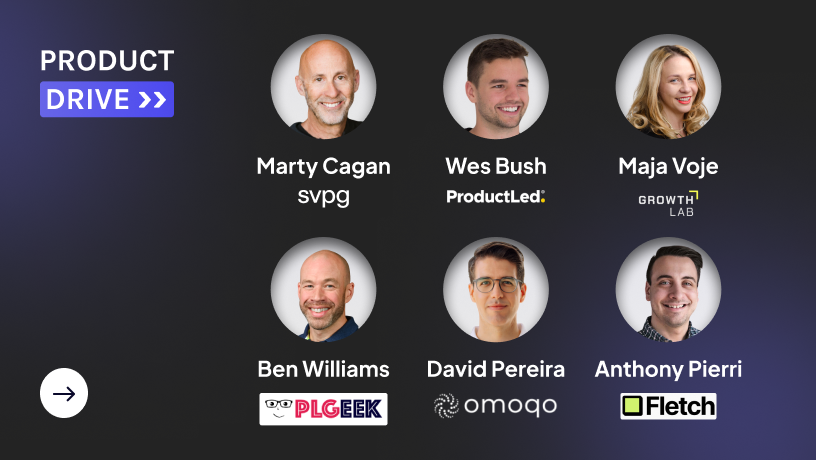
Product Drive Conference
Blue ocean strategy has become an increasingly popular business framework...
ConnectUser Onboarding
Product Adoption, Onboarding and Engagement Insights and more …
SaaS Product Growth
Product Adoption, Onboarding and Engagement Insights and more …
User Engagement & Retention
Product Adoption, Onboarding and Engagement Insights and more …
Case Study
Actionable step-by-step case studies on how we helped these people
Get the newly Released Product Adoption Dictionary FREE!
70+ frequently used terms and definitions all in one place.
Learn moreStart Using Userpilot for Free
Test all Userpilot features for 14 days
- No credit card required
- 14-day free trial







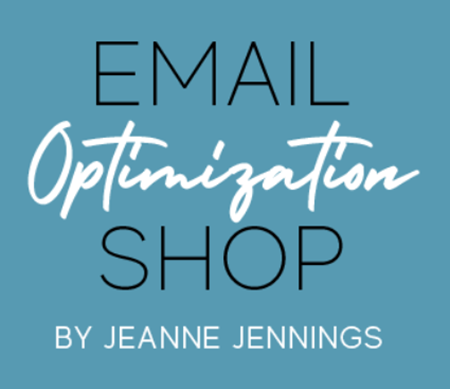







![50+ Best User Onboarding Tools for SaaS [Updated for 2025 & Categorized] cover](https://blog-static.userpilot.com/blog/wp-content/uploads/2025/03/50-best-user-onboarding-tools-for-saas-updated-for-2025-categorized_50c8cd964d43b8851233b37c15ec9e73_2000.png)








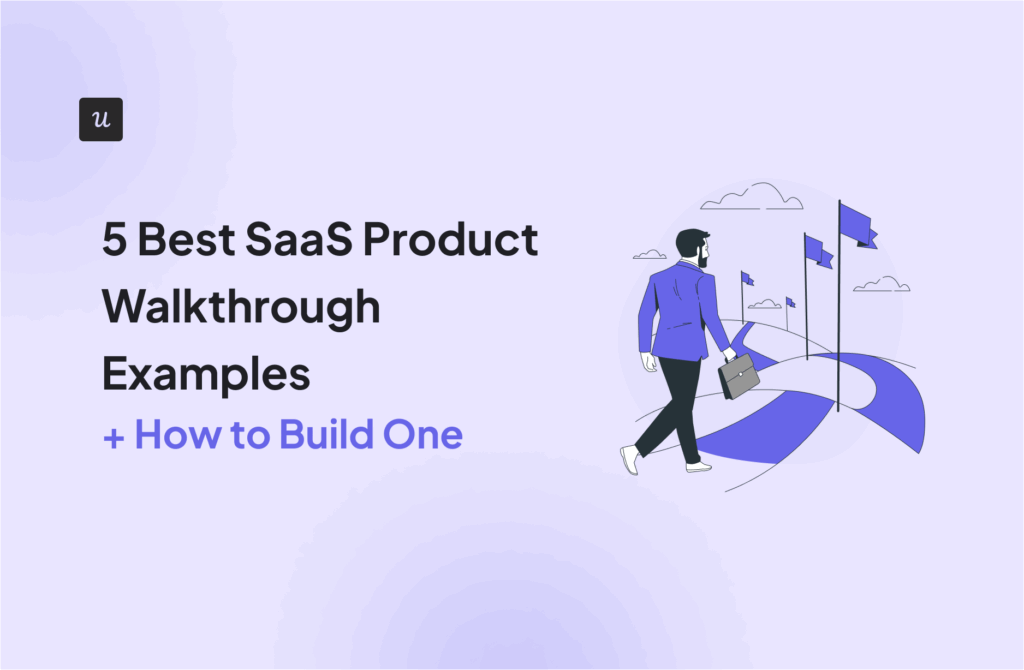



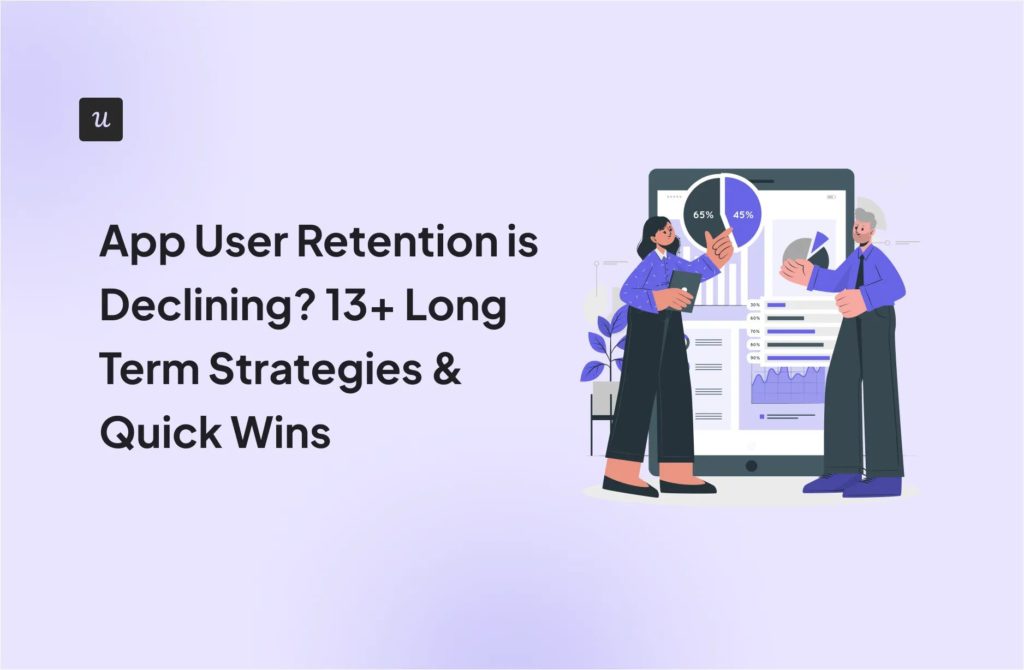


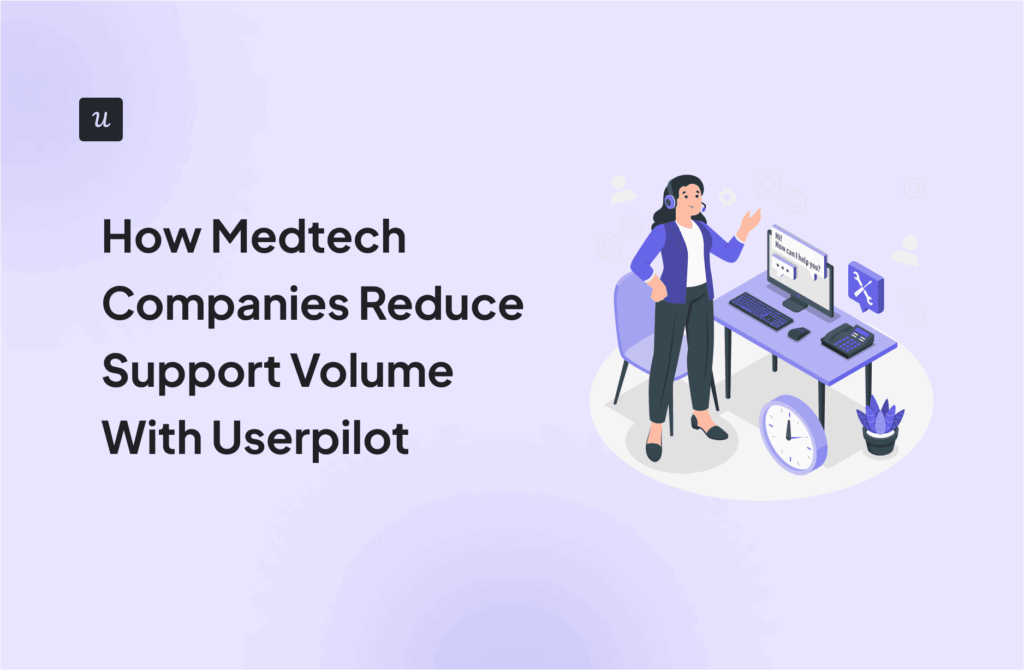
![9 Practical Strategies to Reduce App Churn [+ How to Measure Churn Rate] cover](https://blog-static.userpilot.com/blog/wp-content/uploads/2025/06/9-practical-strategies-to-reduce-app-churn-how-to-measure-churn-rate_87f6e28e73dfeceea8751264731d1406_2000-1024x670.jpg)


